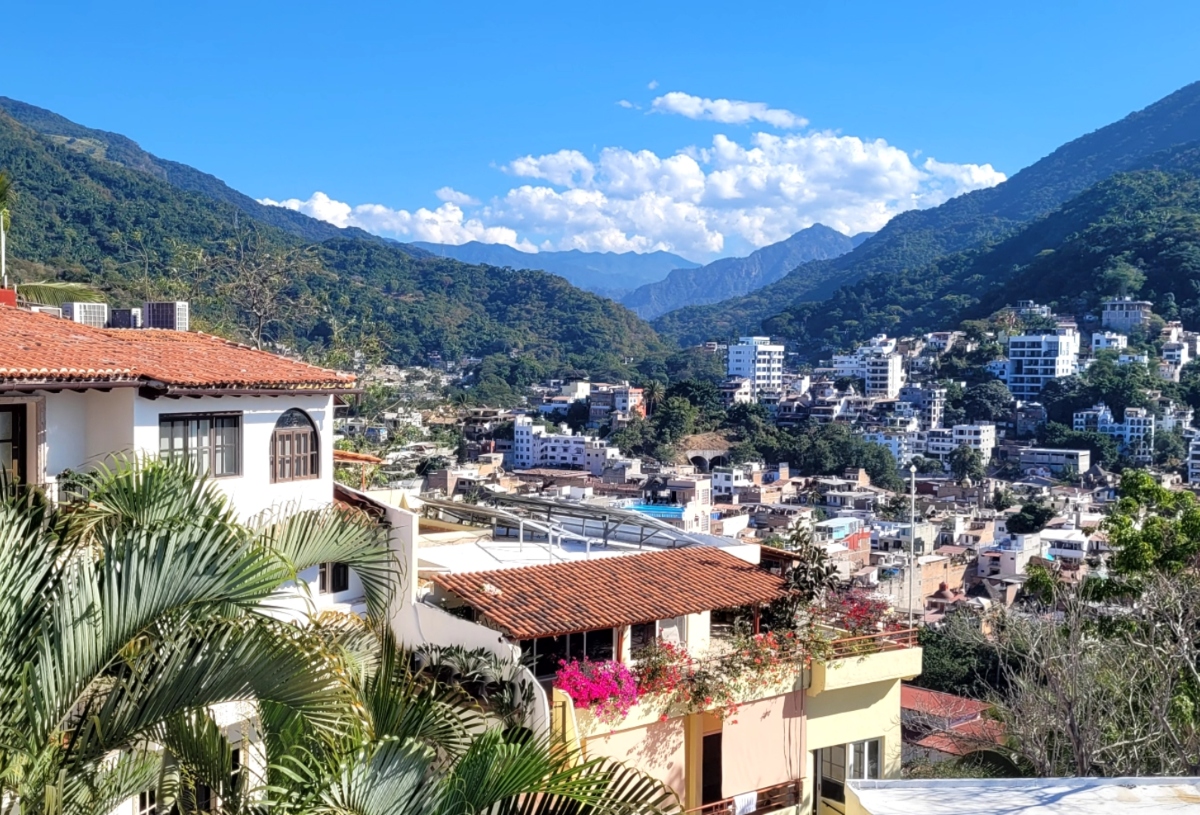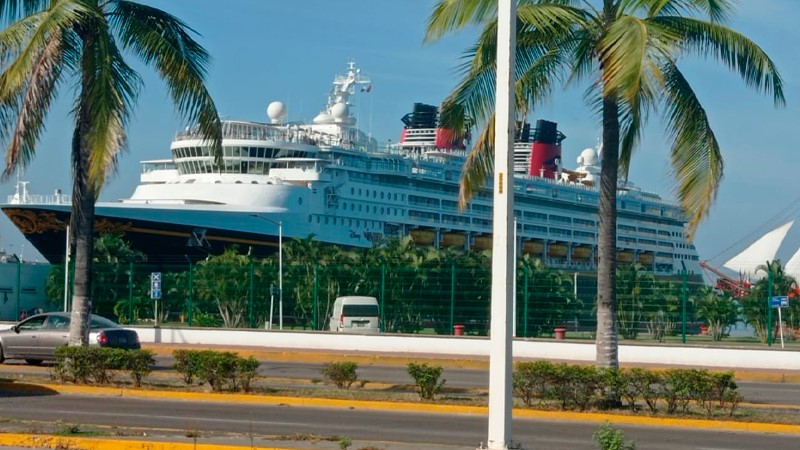
Disney cruise in Puerto Vallarta celebrates 100 years of happiness

By Paco Morás
October 16, 2023
The Disney cruise ship is a staple in Puerto Vallarta. You can visit the friendliest city on the world in two of the line’s ships, Disney Magic and Disney Wonder. The liner offers three different itineraries to choose from.
This year is a special occasion as Disney becomes 100 years old. To commemorate it, we bring to you snippets of the happiness company’s history.
The beginning of Disney’s history
In July 1923, a 21-year-old Walter Elias Disney moved to Los Angeles to be closer to his brother Roy and create animated shorts.
He established the Disney Brothers Cartoon Studio before turning 22, which eventually made both brothers millionaires.
It wasn’t until the release of “Steamboat Willie” in 1928, Disney’s first successful animated film with sound, that he gained recognition. This film introduced Mickey Mouse, who became a beloved character worldwide.
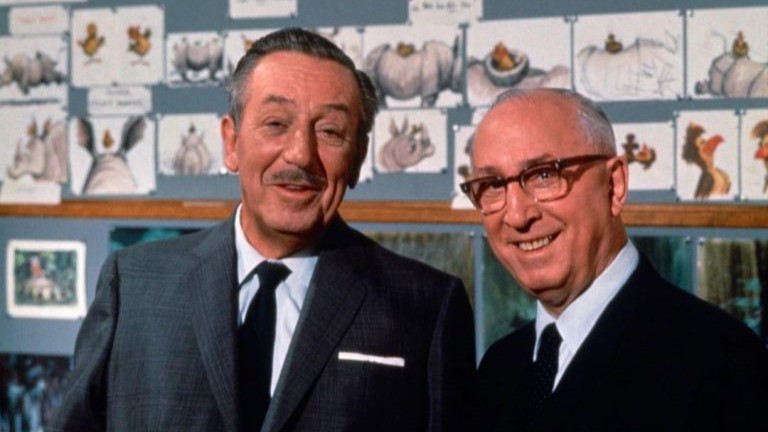
“Snow White and the Seven Dwarves” was one of the first full-length animated films to use color and became the highest-grossing film of all time upon its release in 1938.
“Fantasia” was a visually captivating music video that required theaters to install “Fantasound,” an early form of stereo sound.
“Bambi” showcased Disney’s acquisition of the rights to a popular novel. In the 1940s, Disney’s interest in animation diminished as he became more interested in directing live-action films.
Also from the author: The spirit of Vallarta: this too shall pass
After the war, the happiest place on Earth
After the conclusion of the Second World War, the release of Cinderella in 1950 marked the studio’s first animated feature in eight years.
However, at this point, Walt Disney had delegated most of the animation responsibilities to the senior artists of the company, known as the Nine Old Men.
He was preoccupied with producing live-action films and laying the groundwork for his next major project in Anaheim, located in the southeast of Los Angeles.
Disneyland had been a long-standing aspiration of Walt’s, which was sparked by watching his daughters ride the carousel in Griffith Park in Los Angeles.
Despite facing financial constraints, he sold his family home and entered into a deal with the television network ABC for a series called Disneyland in 1954, which showcased the development of the park.
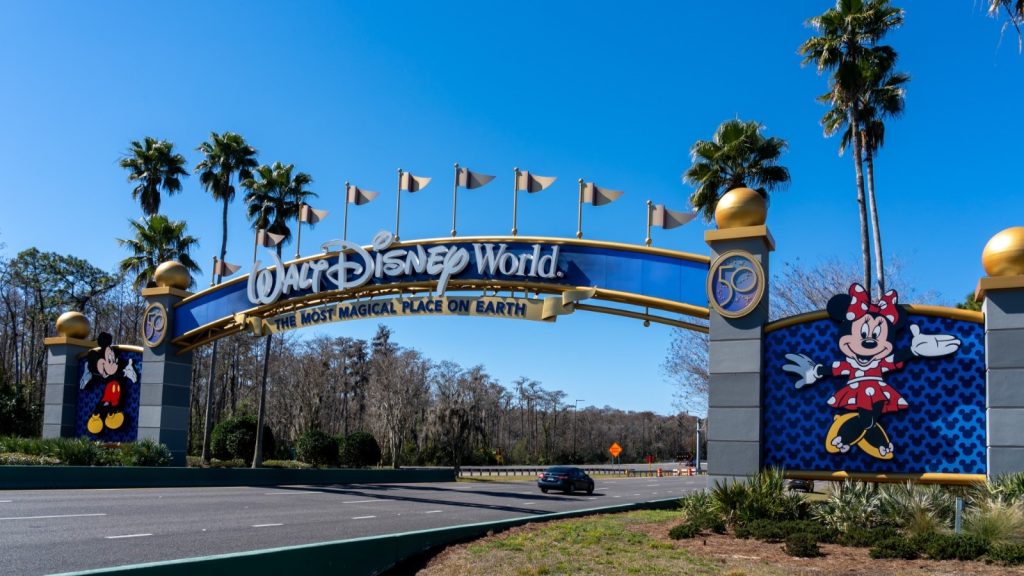
The show was a success and led to the creation of the Mickey Mouse Club several months later. However, the opening day of the Disneyland park in mid-July 1955 was a fiasco.
Nevertheless, the live broadcast of the day reached 90 million people across the United States, and the park would go on to double Disney’s earnings for the year.
By 1959, Walt was searching for a larger location that could accommodate his vision of a futuristic city – a utopia where citizens would commute via monorail. Naturally, there would also be a theme park.
Walt passed away from lung cancer in 1966 at the age of 65. His brother Roy, who was already 73, postponed his retirement to assist in completing Disney World in his brother’s honor. He retired the day after its opening in October 1971 and passed away just two months later.
Disney’s difficult years
Disney downsized its animation workforce from 500 to 125 employees and shifted its focus towards parks and live-action films.
The company’s executives recognized that the future success lay in the realm of film rather than animation.
In 1981, Mickey Mouse made his debut in one of the earliest handheld gaming consoles. Disneyland Japan was established in 1983, coinciding with the inaugural broadcast of Walt Disney Television and the launch of the Disney Channel.
To cater to mature audiences, Disney established Touchstone Pictures as a subsidiary in 1984, responsible for distributing content aimed at this demographic.
The studio’s debut film, Splash, featuring Tom Hanks and Darryl Hannah, achieved remarkable success.
However, the animation division faced unavoidable setbacks due to the financial failure of The Black Cauldron in 1985, resulting in significant losses for Disney. Strategic changes were imperative.
From theater to cruises
The Little Mermaid won Oscars for its songs and score, marking Disney’s first Academy Awards for a full-length animated feature in almost 50 years.
This success continued with Beauty and the Beast, Aladdin, The Lion King, Pocahontas, and Tarzan, which all transitioned to Broadway and became popular musical productions.
Disney expanded into sports, establishing the Mighty Ducks ice hockey team in 1993 and acquiring ESPN in 1996. They also purchased the California Angels baseball team in 1997.
Disney collaborated with Pixar in the late 1980s, revolutionizing animated production with groundbreaking technology. They entered into a partnership after the success of Toy Story in 1995.
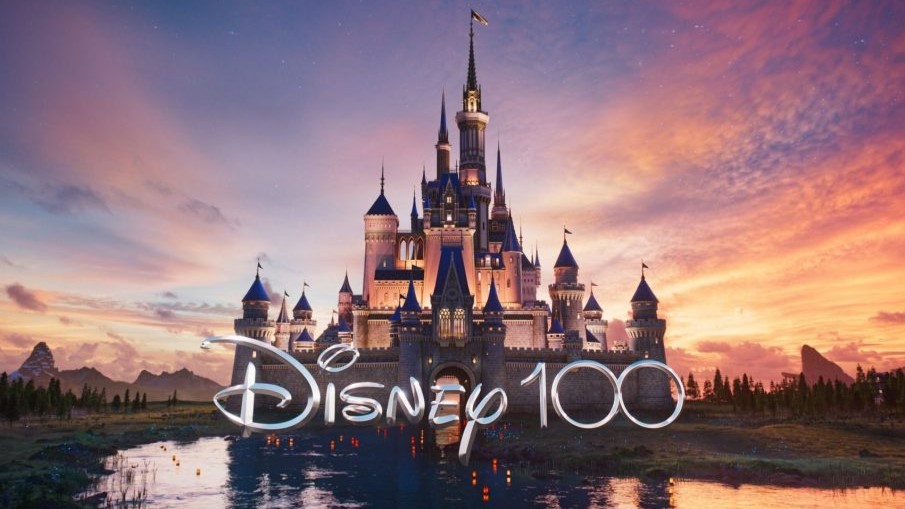
Despite unsuccessful attempts to partner with cruise lines, Disney built its own ships and acquired a private island in the Bahamas.
However, the company faced financial losses in the 21st century, leading to the sale of sports teams and Disney Stores.
While Pixar achieved critical acclaim and won Oscars, Disney’s traditionally-animated features were disappointing. Spin-offs and sequels of beloved Disney stories were released directly to video or DVD.
Buy’em all
Disney acquired the rights to the Muppets before the Pixar deal in 2006, marking a new era for the company.
They then purchased Marvel in 2009 and Lucasfilm in 2012, bringing Star Wars and Indiana Jones under their control.
This led to a shift in Disney’s approach to cultural representation in film, exploring diverse settings.
In 2019, Disney acquired 21st Century Fox and launched Disney+, which quickly gained 10 million subscribers.
Disney now has a presence in 30 countries and its influence extends globally.
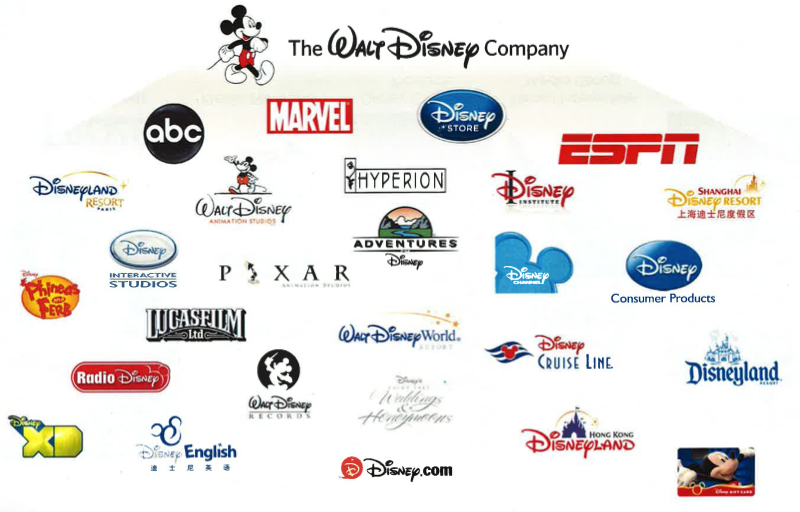
------ADVERTISEMENT------
------ADVERTISEMENT------
------ADVERTISEMENT------
------ADVERTISEMENT------

